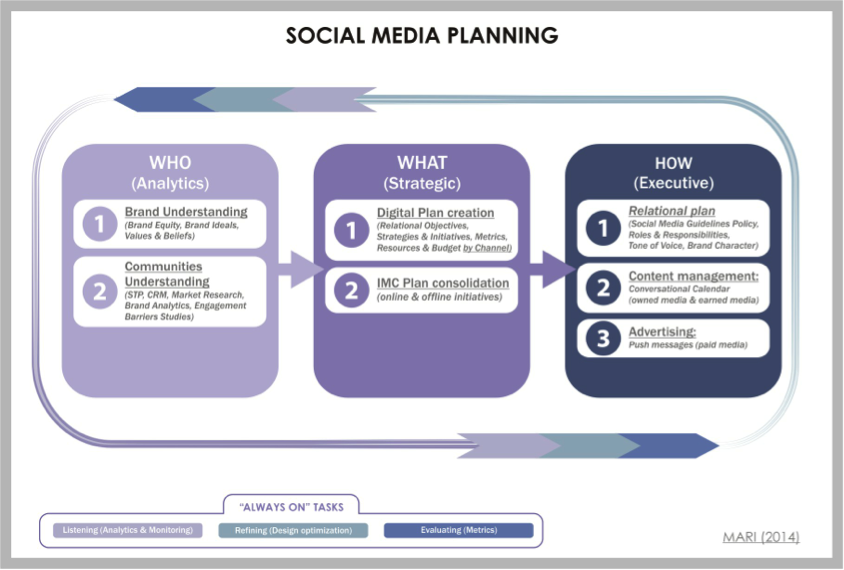L'importanza del tempo nelle strategie di Marketing_The Stopwatch Matrix_secondo John Rosen & AnnaMaria Turano
 For every purchase a consumer makes, he or she has a different stopwatch, or time/energy that he or she is willing to put into buying the good or service. This amount of time depends on the nature of that particular purchase.
For every purchase a consumer makes, he or she has a different stopwatch, or time/energy that he or she is willing to put into buying the good or service. This amount of time depends on the nature of that particular purchase.The cost of information available to a consumer is hyperbolic due to the fact that more time is needed to sort through information as the amount of it increases. Consumers place different cost values on the time required for a purchase.
The nature of consumption can be divided into four segments, or quadrants, on the Stopwatch Matrix.
• Impatient Shopping = Many touchpoints / Fast Stopwatch
• Reluctant Shopping = Few touchpoints / Fast Stopwatch
• Painstaking Shopping = Many touchpoints / Slow Stopwatch
• Recreational Shopping = Few touchpoints / Slow stopwatch
The matrix is plotted on the axes of how much time/energy a consumer is inclined to spend on a purchase, and the net margin of that purchase. Some examples of products and services are plotted in their respective categories on the matrix below:
Some of the customer language of each of the four shopping segments is shown in the matrix below:






Comments